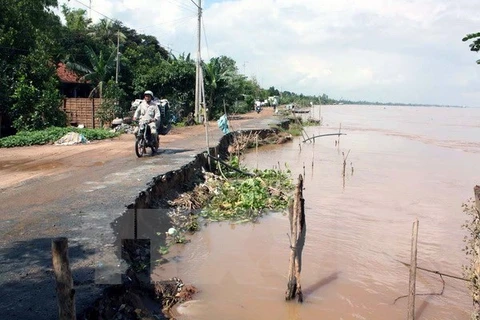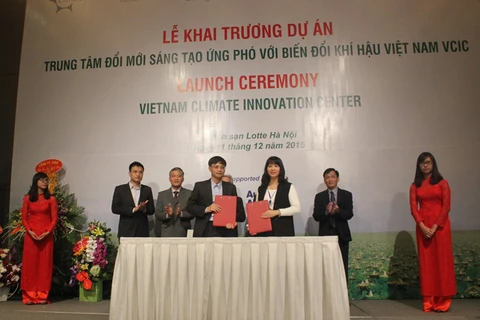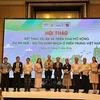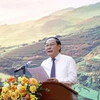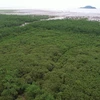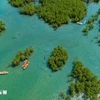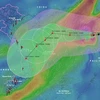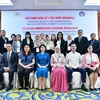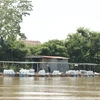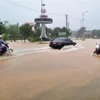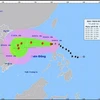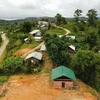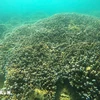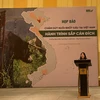HCM City (VNA) – Localities in the Mekong Delta region have been urged to accelerate agricultural restructuring and shift the crop structure to effectively adapt to climate change, which is severely affecting local livelihoods.
According to Dr. Nguyen Van Sanh, Director of the Mekong Delta Research Development Institute, as the key pillar of the country’s agricultural economy, the Mekong Delta needs to have breakthrough policies to enhance regional connection and define its strengths and advantages, thus promoting sustainable growth.
He stressed the need for localities to take advantage of all resources to build and upgrade irrigation, transport and electricity infrastructure to meet agricultural development requirements in the new context while expanding models to reduce greenhouse gas emissions.
According to preliminary reports, coastal localities in the region are facing increasingly severe saltwater intrusion and erosion, which affect agricultural production and make locals’ lives more difficult.
Since November, more than 40 kilometres of shoreline in the southernmost province of Cau Mau have been badly damaged by the gradual sinking of land into the ocean, threatening the lives of thousands of local households.
Saltwater intrusion and drought have also made dozens of thousands of hectares of rice in Kien Giang, Ca Mau, Soc Trang and Tra Vinh at risk of complete loss.
Ca Mau province is implementing a project to build a wave-blocking dyke system in a bid to prevent erosion and saltwater intrusion.
Statistics from the Department of Agriculture and Rural Development of Tra Vinh province show that about 17,000 households in the locality are prone to water shortage for their daily activities in the next dry season.
Thousands of hectares of rice in Duyen Hai and Tieu Cau districts are also in need of water. Their rice output is forecast to fall by 40-60 percent.
According to the Department of Cultivation under the Ministry of Agriculture and Rural Development, all the localities in the Mekong Delta have cultivated about 1.5 million hectares of rice out of 1.85 million ha in the winter-spring crop. The remaining area was used for growing other crops capable of adapting to prolonged drought and water shortage.
Statistics show that over 62 percent of the Mekong Delta’s population is operating in the agro-forestry-aquaculture sector.
It is estimated that the region contributes roughly 50 percent of the country’s total food output and over 90 percent of rice exports every year. Aquaculture accounts for over 60 percent of output and 80 percent of export, while the livestock industry brings to the country1.5 to 2 billion USD per year./.


